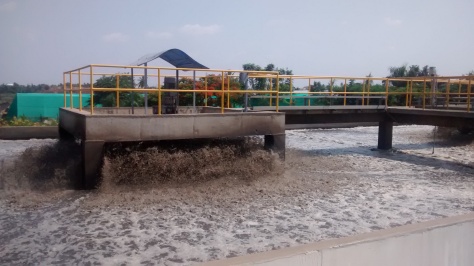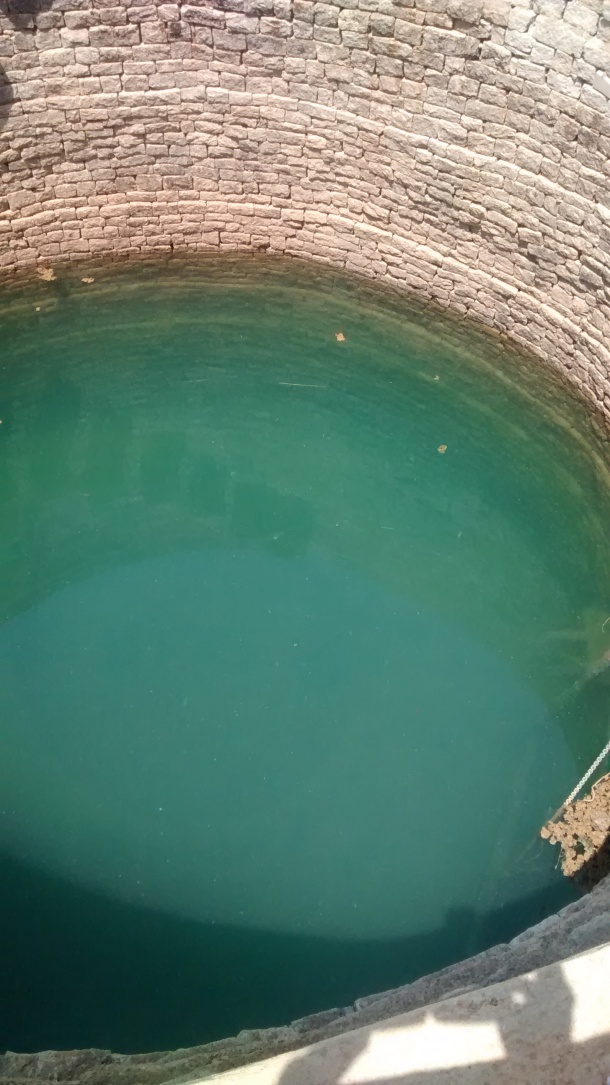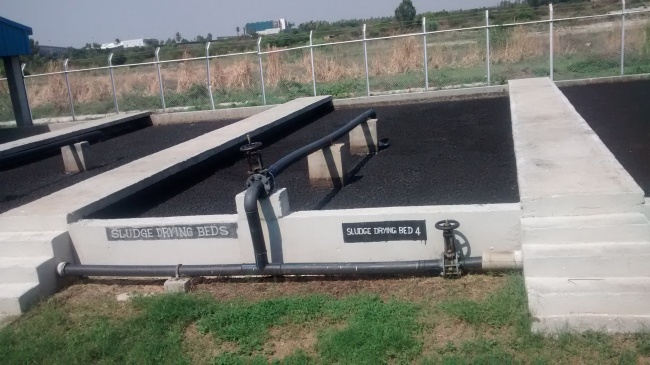
Airports and water
June 3, 2014The Airport is located quite far from the city, about 30 kilometres away. It is too far away from city lines and has to depend on groundwater. It needs 9 million litres per day eventually though for now 5 million litres per day will do. To boot it is located in what was called a ‘dark zone’ by the Central Ground Water Board, meaning groundwater was being exploited beyond recharge potential. An Airport needs water and plenty of it. So what did it do?
For one it requested and sourced fresh water from the city paying Rs 66 a kilo-litre, a high price which gave the water utility supplying it some monies. This fresh water is limited to about 1.5 million litres daily. It then did a smarter thing, it bought tertiary treated waste-water and a full 2 million litres of it daily and it paid Rs 25 a kilo-litre for this treated waste-water. This was separately stored and used for the vast beautiful landscape springing around, a huge bio-diversity of plants and even a small wetland.
For the internal waste-water generated it set up its own sewage treatment plant using extended aeration system. This treated water is then reused for flushing the toilets in the airport premises as well as for the air cooling systems. The sludge generated from the sewage treatment plant is composted and reused as manure for the landscaped area.
An internal waste-water treatment plants treats all waste-water as well as waste from aeroplanes
Runways and the area surrounding it generate large quantities of storm water when it rains. It is therefore very important that this run-off be collected and quickly disposed off and flooding avoided. With more than 310 recharge wells located in the storm water drain or immediately adjacent to it a large volume of the rain is recharged into the aquifer. Well designed storm-water drains then take away the rest of the rainwater to an adjacent lake which is capable of receiving this large flow of rain.
Two things have happened due to these good efforts. Four large open wells which were old existing constructions have been rehabilitated, cleaned up and repaired. Pumps and a filter have been attached and the water quality tested. It is found that this is very high quality, sweet potable water. Thanks to the recharge efforts the wells stay full even during summer. Up-to 800,000 litres of water can be drawn from these open wells daily and in an emergency they can replace the mains water from the city. A landscape which was once a dark zone, given a holiday for high extraction from bore-wells and with enough recharging can be revived to such an extent that open wells can have water.
Recharge of rainwater has helped aquifers rejuvenate with fresh clean water
From the airport buildings rainwater is stored in large underground sump tanks of about 1.5 million litres capacity and reused after treating. Excess water from the sump tanks is then allowed to flow into storm drains and recharge the aquifer as well as flow into the adjacent lake.
The revival of the adjacent lake also means that villages and towns adjacent to the airport, such as the town of Devanahalli, can now think of sourcing groundwater from adjacent to the lake to fulfill the towns water requirements.
Sludge drying beds
Economic activity and service activity like airports are essential for economic growth and to spur the progress of a city. Instead of seeing it as placing demand on water services through innovative design they can absorb waste-water from cities and be able to use it to meet its requirements. Through waste-water treatment and reuse and through rainwater harvesting groundwater aquifers can be revived and lakes kept full. These can then be of great help to surrounding communities. The Kempegowda International Airport at Bangalore showcases just that. This is water wisdom.



clear report with great details.
Fantastic project; to be emulated by multitudes of so-called green buildings and mega projects.
Your doing a marvelous job! Only Lord Rain can bless you and give strength and enthusiasm to continue.
But won’t you care about this cursed land of Tamilnadu where no water no cleanliness. Can you join me in your pursuit of water?
Join, but how?
This seems like a great project — the article does a good job of highlighting the positive economic benefits that large-scale water harvesting systems can have on their surrounding communities. We’ve been developing rainwater and greywater harvesting systems for similar large-scale commercial and institutional properties. If you’re interested, you can learn more by reading about some of our projects here: http://wahaso.com/projects/.
Fantastic!
great work, keep going…., lets other airport start to follow….